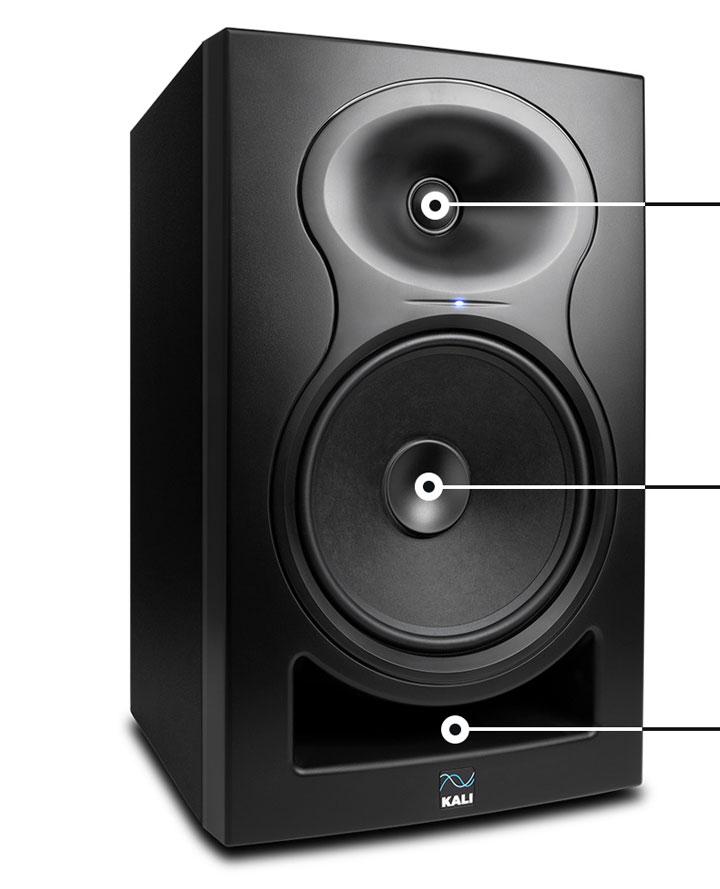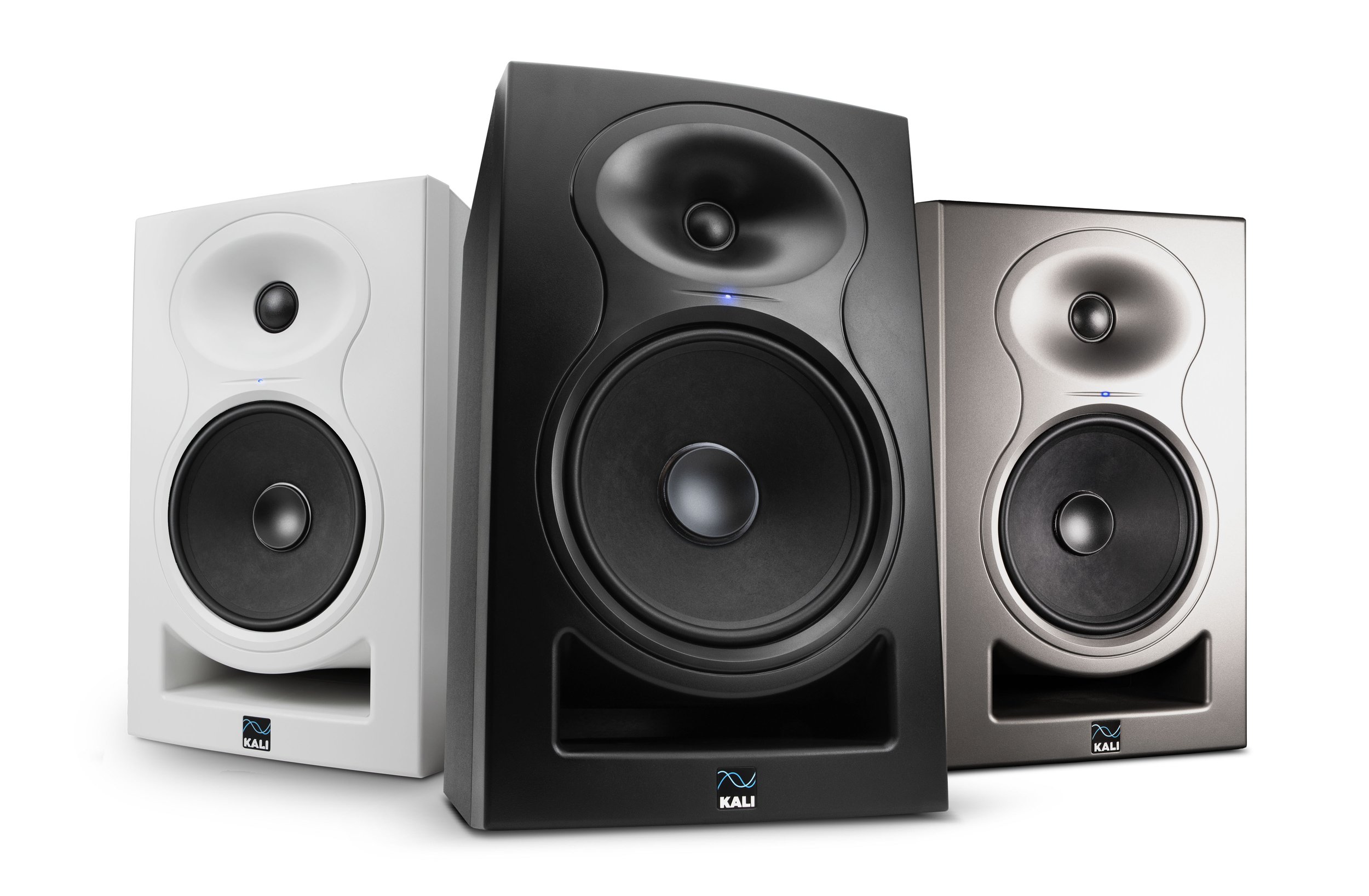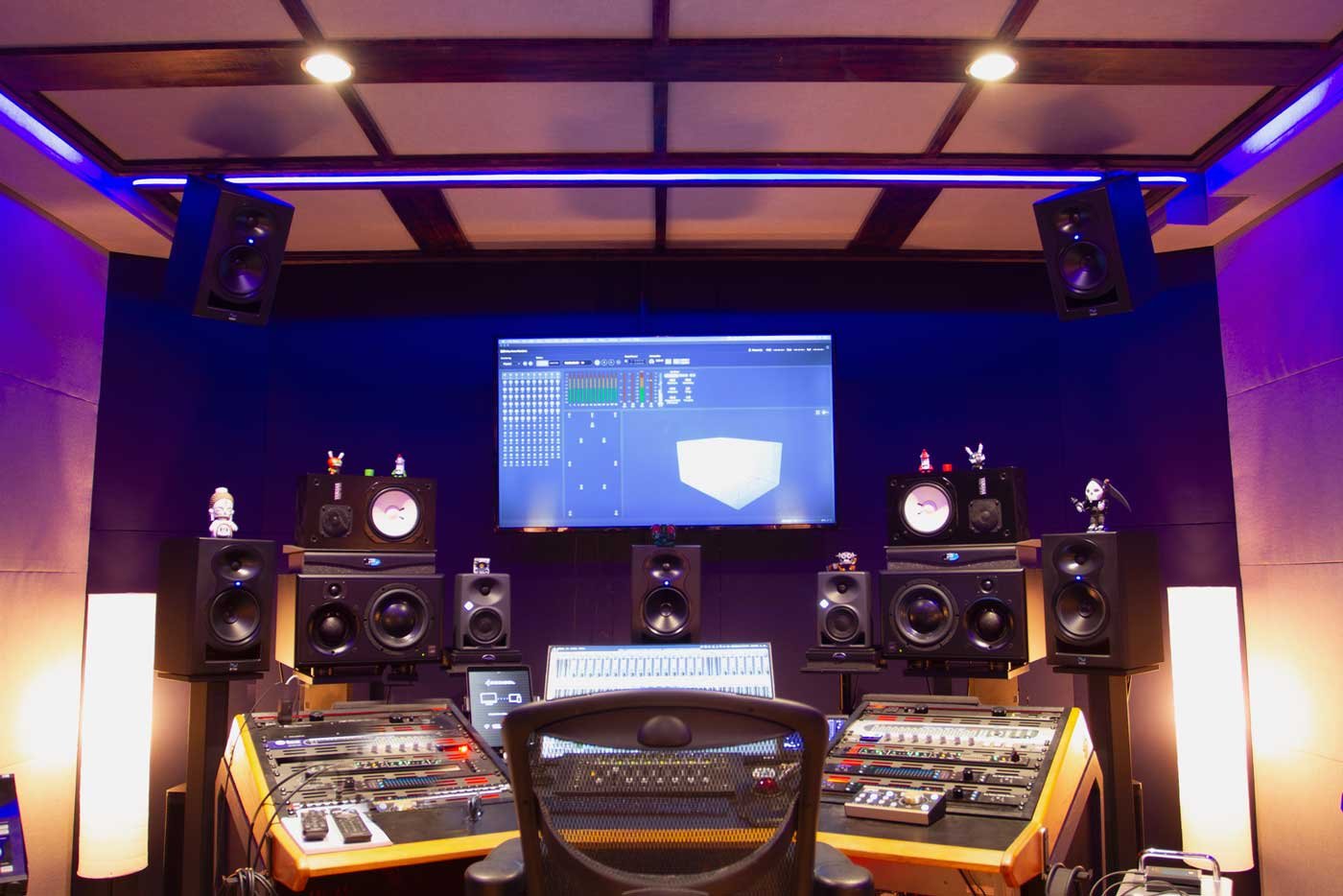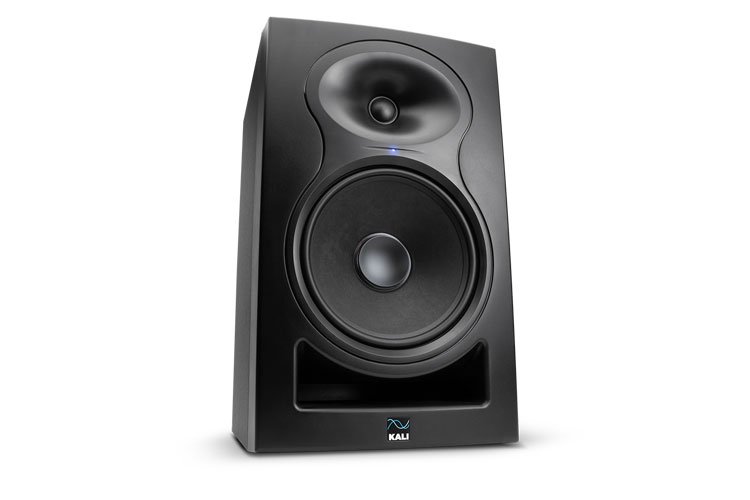Project Lone Pine - 2nd Wave
Kali’s celebrated LP-6 and LP-8 studio monitors just got a major upgrade. With improvements in the noise floor, output level, frequency response, and distortion, the 2nd Wave of Project Lone Pine are the best monitors you can buy for under $500/pair.
Starting at $199
Overview and Reviews
Performance
Transparency. Clarity. Accuracy.
Kali Audio's Lone Pine Series studio monitors are designed to allow you to hear every detail that's happening in your mix.
This starts with an exceptionally accurate frequency response. Whatever is present on your mix is what you'll hear in these monitors. Nothing is boosted or suppressed to cover flaws or try to sound more pleasing.
With the LP-6 and LP-8, you can mix with more confidence, and you can also be assured that your mix will translate as best as possible to whatever systems your audience is using.
The 2nd Wave goes even further, utilizing a more robust DSP for an even flatter frequency response on the top end.
LP-6:
80W
Class D Power
39 Hz
Lower Frequency Response
39 Hz
Lower Freq. Response
< 3% System THD
94 dB @ 1M
115 dB
Max SPL
LP-8:
100W
Class D Power
37 Hz
Lower Frequency Response
37 Hz
Lower Freq. Response
< 2.5% System THD
94 dB @ 1M
117 dB
Max SPL
Features





















